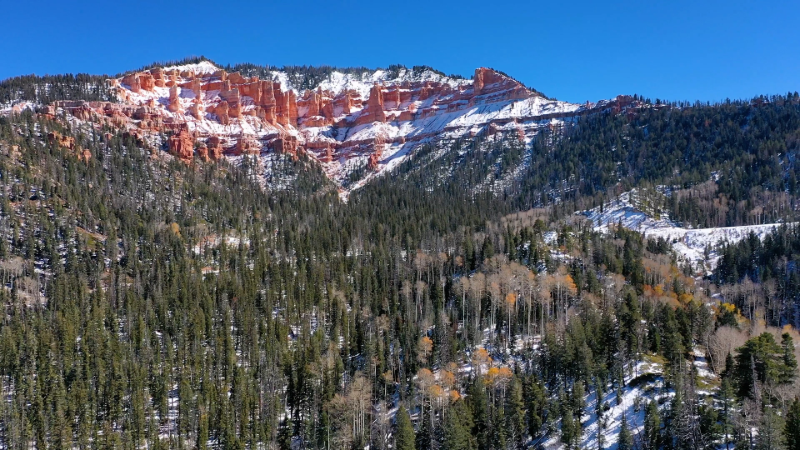POLL: Who Should Pay for Fracking-Induced Earthquake Damages?
Ancient fault lines stretching across areas once considered geologically stable have been roused by the forces of industry and are now triggering chains of earthquakes in states where structures are not built to withstand the shaking of an earthquake.
“There is now a substantial level of seismic hazard in areas where there used to be almost none,” U.S. Geological Survey Geophysicist Art McGarr said.
“These areas now have to deal with it, and there are costs in dealing with seismic hazard.”
This exponential increase in earthquakes, primarily in the Central U.S., is not a natural occurrence but is directly related to fluid-injection activities associated with the energy industry’s modern methods of natural gas or oil production.
These industrial methods result in large amounts of wastewater, which is disposed of by injecting the fluid down wells. The wastewater flows into deep aquifers chosen for their ability to accept large volumes of water.
“Very few of these [wastewater wells] cause earthquakes, but the ones that do can cause a real problem,” McGarr said.
"Occasionally, however, the increase in pore pressure caused by fluid injection makes its way from the target aquifer into a nearby fault zone that is nearly at the point of earthquake rupture." Lubricating the fault in this way lowers its resistance to slip, resulting in earthquakes.
“As enormous amounts of wastewater get injected, the earthquake hazard goes up correspondingly,” he said.
The maximum sizes of these earthquakes increase with the volumes of injected water.
"Large volumes of injected wastewater can lubricate extensive fault zones that rupture to produce large-magnitude earthquakes, which can be of especially great concern in regions that used to be considered geologically stable," McGarr said.
Areas of northern Oklahoma and southern Kansas have seen the most recent increase in activity, he added. Some of which have caused structural damage.
In 2014, Oklahoma had more earthquakes with a magnitude of 3.0 or greater than the state of California, and there is no sign of this seismic activity slowing down.
The number in tremors felt in normally stable areas has risen since 2001 and has been reported in Oklahoma, Kansas, Texas, Arkansas, New Mexico, Colorado and even Ohio, according to McGarr, who was one of the lead authors on a research study conducted by USGS.
The primary objective of the USGS study is not only to review what is known about the increased hazard, but also to suggest ways to mitigate it.
Earthquakes cannot be predicted in advance and can occur without warning. The best geophysicists can do at the moment is to make long-term forecasts based on the data they collect.
Between 1975 and 2008, an average of only two earthquakes with a magnitude of 3.0 or greater normally occurred each year in Oklahoma.
Between October 2013 and April 2014, more than 183 earthquakes with a magnitude of 3.0 or greater occurred.
The largest event in Oklahoma to occur as a result of fluid-injection was a 5.6-magnitude quake that struck in November 2011.
An earthquake measuring 4.8 in magnitude also rattled the region southwest of Wichita, Kansas, on Nov. 12, 2014. Structural damage was reported to have been caused by the quake.
"There are increased construction costs associated with higher levels of seismic hazard,” McGarr said, adding that many of the areas now experiencing quakes do not have building codes or construction standards that have been designed for this recent increase in earthquake activity and its elevated hazard.
One of the research objectives of the USGS study is to determine the distribution of hazard from man-made earthquakes, especially in the central and eastern United States where it is the most noticeable. Another objective is to find ways to reduce this source of hazard.
"Improved seismic network coverage is likely to play a key role in accomplishing this by enabling the identification of earthquake-prone injection operations at an early stage so that adjustments can be made in time to avoid earthquakes of greater consequence," McGarr said.
By installing a network that can detect small earthquakes and locate them precisely, geophysicists will be able to locate potentially dangerous faults by imaging them using earthquake locations.
On Friday, the Obama administration unveiled the first federal regulations on hydraulic fracturing, according to the New York Times.
Report a Typo











